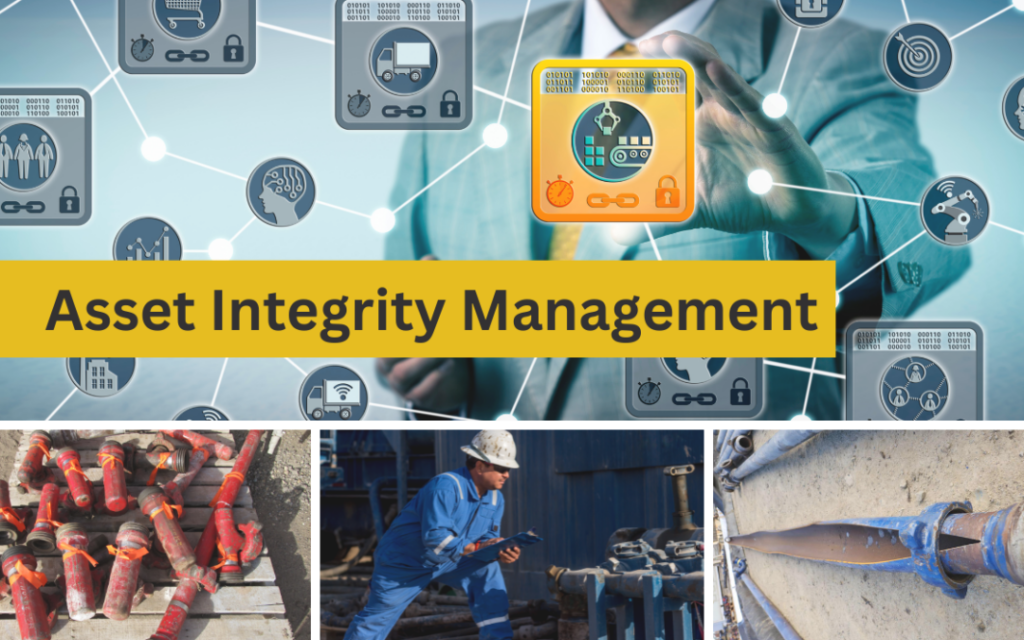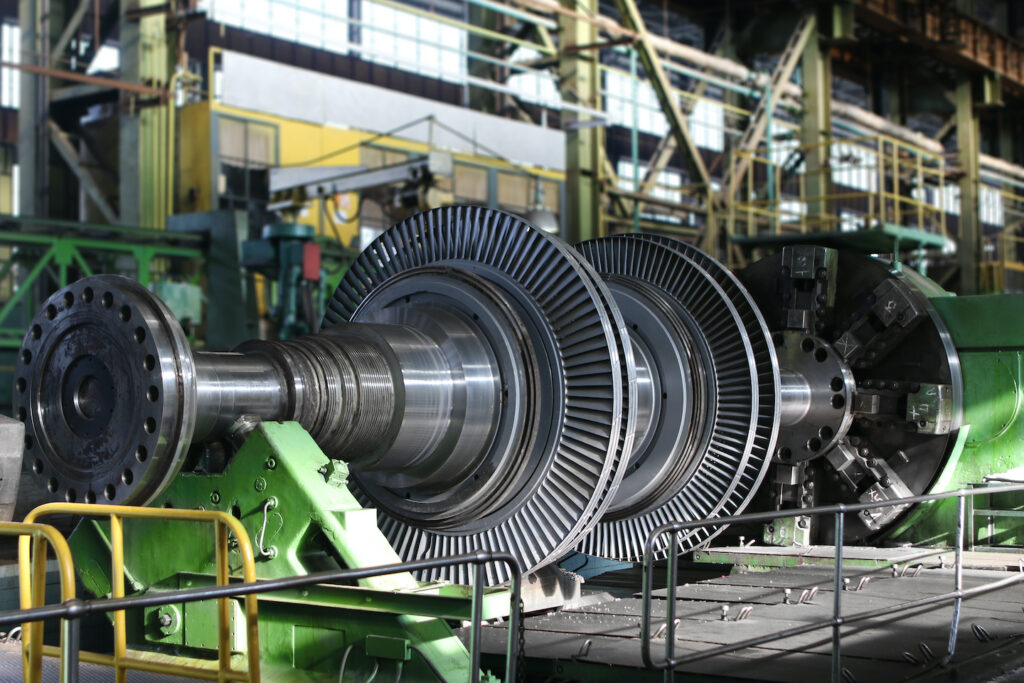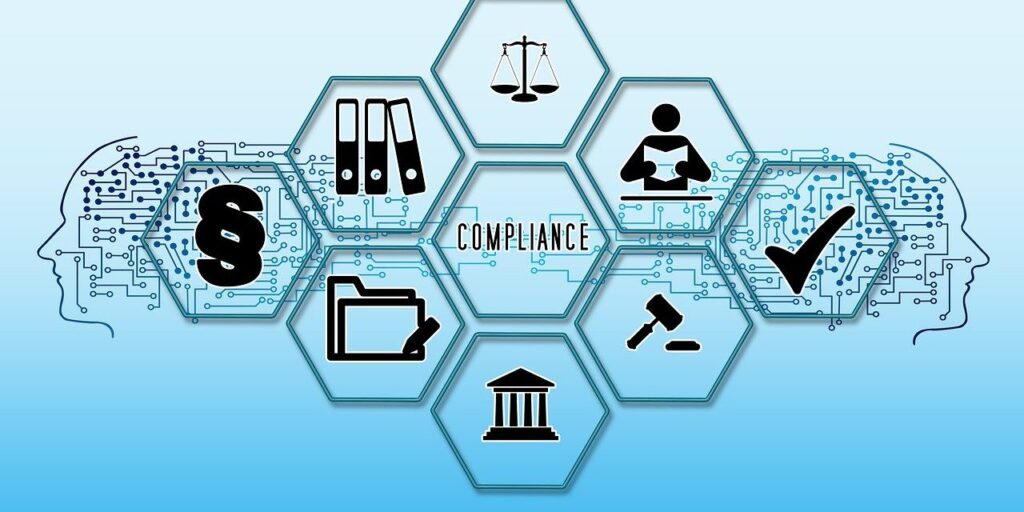
Asset integrity Solutions
Engineering the Future of Risk Management
About us
Prognoxs stands at the forefront of engineering risk management and innovative asset integrity solutions. Committed to engineering excellence, we harness cutting-edge technologies to transform the landscape of asset performance, integrity, and reliability. Our expertize lies in seamlessly integrating advanced technology with precision engineering, delivering state-of-the-art solutions that optimize efficiency, enhance safety, and elevate operational standards.
Preventive Maintenance
A Proactive Approach to Efficiency and Savings
Preventive maintenance (PM) is a proactive strategy designed to keep equipment, machinery, and systems in top condition by performing regular inspections, cleaning, and servicing before issues arise. Unlike reactive maintenance, which only addresses problems after they occur, preventive maintenance relies on a predetermined schedule or usage metrics to ensure smooth operations and avoid costly breakdowns. This approach is essential across industries like manufacturing, healthcare, and transportation, where equipment reliability is critical.
Asset Integrity Management
Ensuring Safety, Efficiency, and Cost Savings
Asset Integrity Management (AIM) is a proactive approach to ensuring that physical assets—such as machinery, pipelines, and buildings—operate safely and efficiently throughout their lifecycle, from design to decommissioning. By integrating regular inspections, maintenance planning, and risk assessments, asset integrity management prevents unexpected failures and keeps industries like oil and gas, manufacturing, and energy running smoothly. This strategy is critical where downtime or breakdowns could lead to significant safety hazards or financial losses.
Process Safety Engineering
Enhancing Systems for a Safer Future
Process safety and safety engineering are vital disciplines in designing and managing systems to ensure safety, prevent accidents, and mitigate risks across industries like nuclear power, aviation, and manufacturing. These fields focus on protecting workers, the public, and the environment while maintaining efficient operations. By integrating process safety and safety engineering, industries can achieve reliable performance, reduced risks, and optimized costs.
Our Services

Process Safety Management
Adherence to recognized engineering practices to prevent failures, leaks, and catastrophic accidents.

Fire Safety Engineering
Our fire safety solutions are designed to prevent, detect, and respond to fires to protect lives, property, and the environment.

Training and Education
Training programs for employees to optimize and protect assets and lives.
Asset Reliability
Asset reliability is vital in engineering, ensuring equipment and systems operate consistently without unexpected failures, minimizing downtime, and boosting productivity. In industries like manufacturing and energy, reliable assets reduce costs, enhance safety, and maintain efficiency. Strategies like preventive maintenance, condition monitoring, and reliability-centered design, combined with technologies such as AI-driven predictive tools and the Industrial Internet of Things (IIoT), help engineers optimize performance and extend asset lifecycles. By prioritizing asset reliability, businesses cut repair expenses, improve sustainability, and gain a competitive edge, making it a smart, long-term investment for operational success.
Risk Management
Risk management is the process of identifying, assessing, and mitigating potential hazards that could disrupt operations, compromise safety, or increase costs. In these high-stakes industries, risks can range from equipment failures and supply chain disruptions to human error and regulatory non-compliance. Effective risk management ensures projects stay on track, products meet quality standards, and workplaces remain safe.
In engineering, risks often stem from design flaws, material defects, or environmental factors. Manufacturing faces additional challenges like production bottlenecks, machinery breakdowns, and workforce safety concerns. To address these, companies employ strategies such as risk assessments, failure mode and effects analysis (FMEA), and robust contingency planning. Advanced tools like predictive analytics and real-time monitoring help anticipate issues before they escalate.
The benefits of strong risk management are clear: reduced downtime, lower costs, and enhanced reliability of assets and processes. It also protects against legal liabilities and reputational damage. By integrating risk management into every stage—from design to production—engineering and manufacturing firms can achieve operational resilience and deliver consistent, high-quality outcomes.





